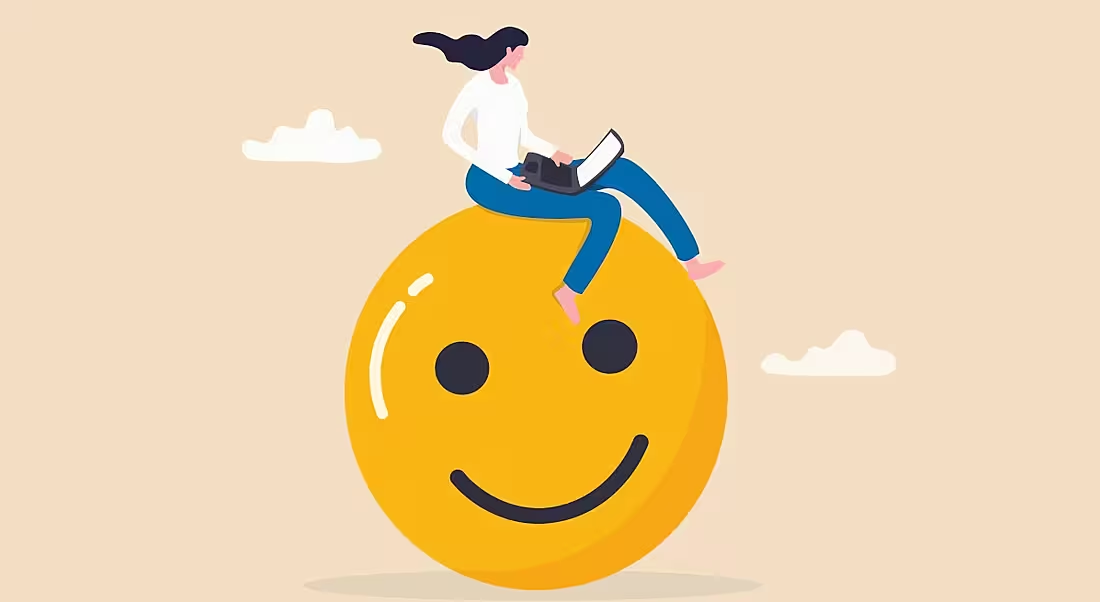Aon’s Sandy Locke discusses employee engagement surveys, leading by example when it comes to tech usage and why leaders need to be more adaptable.
It’s old news now, thankfully, but the pandemic changed our attitudes to work in two big ways. The first change was we all went remote or ‘digital first’ – and some of us never went fully back into the office. The second change was in attitudes towards workplace wellbeing. Lots of us reassessed where we were in our careers and what we expected from our employers.
A lot of soul-searching went on for employers, too, as they struggled to retain staff. Everything was moving very fast for a while, but the employment market seems to be stabilising. Talk of upskilling as a way of retaining employees and preparing for the future is a hot topic at the moment. Technology’s role in helping companies and workers upskill for an uncertain future has not gone unnoticed. However, as we leap from the pandemic into a brave new accelerated tech world filled with generative AI and all sorts of advancements, some warn that we should not let workplace wellbeing fall by the wayside in our haste to embrace new tech.
Huge shift in expectations
Sandy Locke, chief people officer for Aon’s Reinsurance, Human Capital Solutions and Strategy and Technology Group, has noticed that there has been “a huge shift” in employees’ expectations of their employers regarding workplace wellbeing. She advocates something called ‘digital wellbeing’, or a way of leveraging tech to boost people’s happiness at work.
“Pre-pandemic, wellbeing was an emerging trend but Covid was certainly an accelerator that magnified the importance of our employees being ‘well’,” she says. “This is all-encompassing, covering physical and mental health, as well as financial health and preventative wellness trends.”
Locke is well-placed to make these observations; before she joined Aon in her current role in 2022, she held numerous leadership and HR-adjacent roles with various organisations in financial services and consulting. She tells SiliconRepublic.com that her “entire career has been centred around change management”.
So, what does she think about workplace wellbeing, and more importantly, does she have any advice for employers? “Employers must adjust to address their employees’ increased expectations. Instead of merely surviving, employees want to thrive at their jobs. People leaders need to consider how to create the right ‘contract’ for success.”
She points out that at Aon, the exec team has hired a chief wellbeing officer – Rachel Fellowes, who spoke to us last year – to help support its global network of staff. Not every company can afford to pump such massive amounts of money into wellbeing programmes for staff, though. Aon has around 50,000 employees.
Digital wellbeing is vital for remote employees
For companies that don’t have such large budgets or as many employees, Locke says they need to consider how technology can help improve staff wellbeing. Yes, it can cause burnout and an ‘always-on’ culture, but that is if it is leveraged badly. It is up to leaders to align how their business uses tech tools to what their employees’ expectations and professional goals are, says Locke.
Digital tools can be used to keep workers connected when they are not in the office. Leaders can also use digital tools to gain insight into what employees want. Online surveys at various points of the year can be useful for keeping track of people’s concerns and what they think could be improved. Locke is a big advocate of surveys. “Engagement surveys are becoming more relevant, timely and connected to what truly matters to our employees.
“AI can pick up sentiment and it will be fascinating to see how companies use this information to understand the underlying concerns. There are many tools that are disruptors to the way we have traditionally received information from our employees.”
Locke says she hopes that mobile and e-learning tools can be used to address things like resiliency and future skills. From a workplace wellbeing point of view, she reckons these digital tools can “make people aware of belonging behaviours, break down our unconscious biases and decrease burnout by creating less worry and a better work-life balance”.
10 things you need to know direct to your inbox every weekday. Sign up for the Daily Brief, Silicon Republic’s digest of essential sci-tech news.




